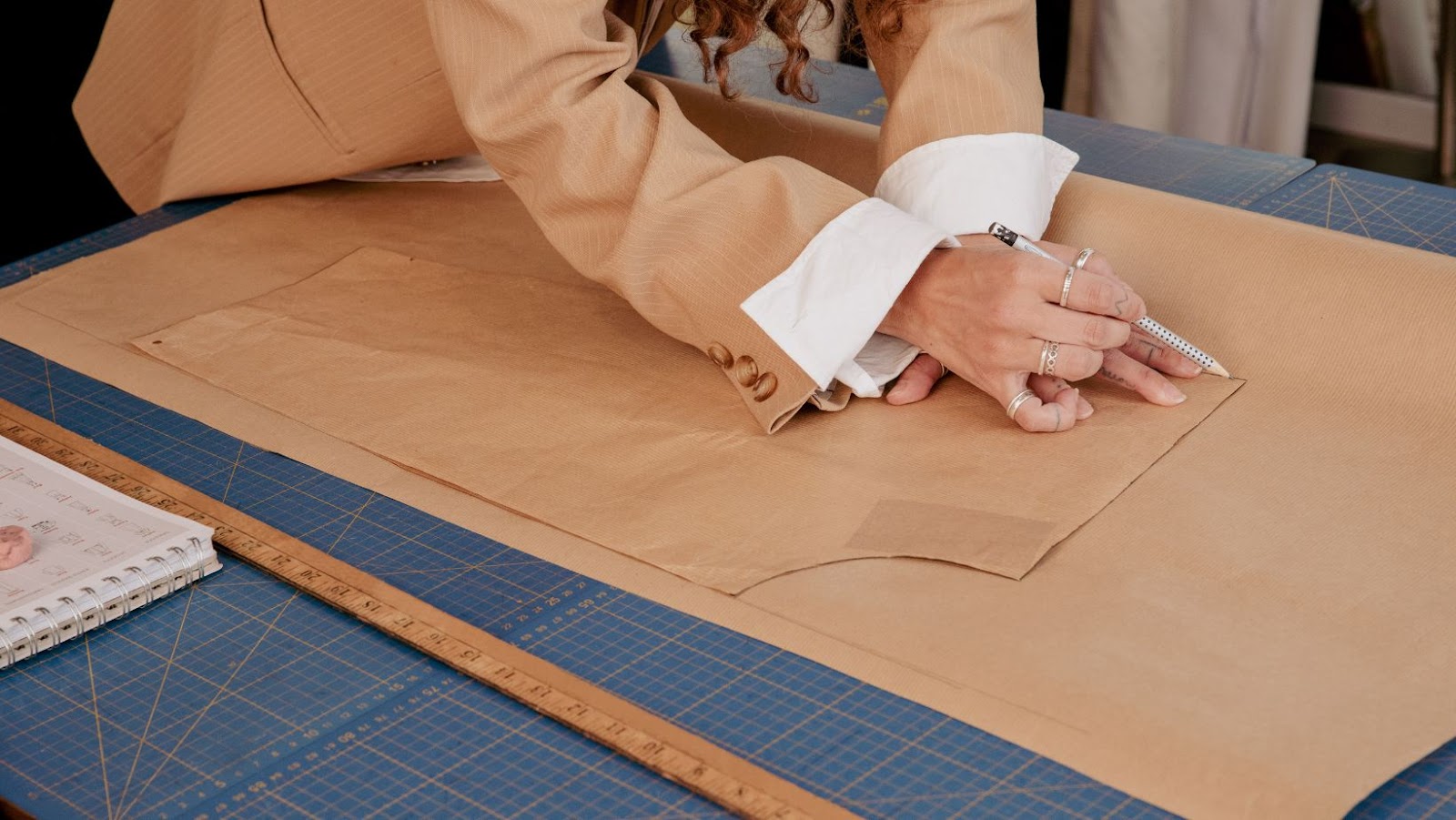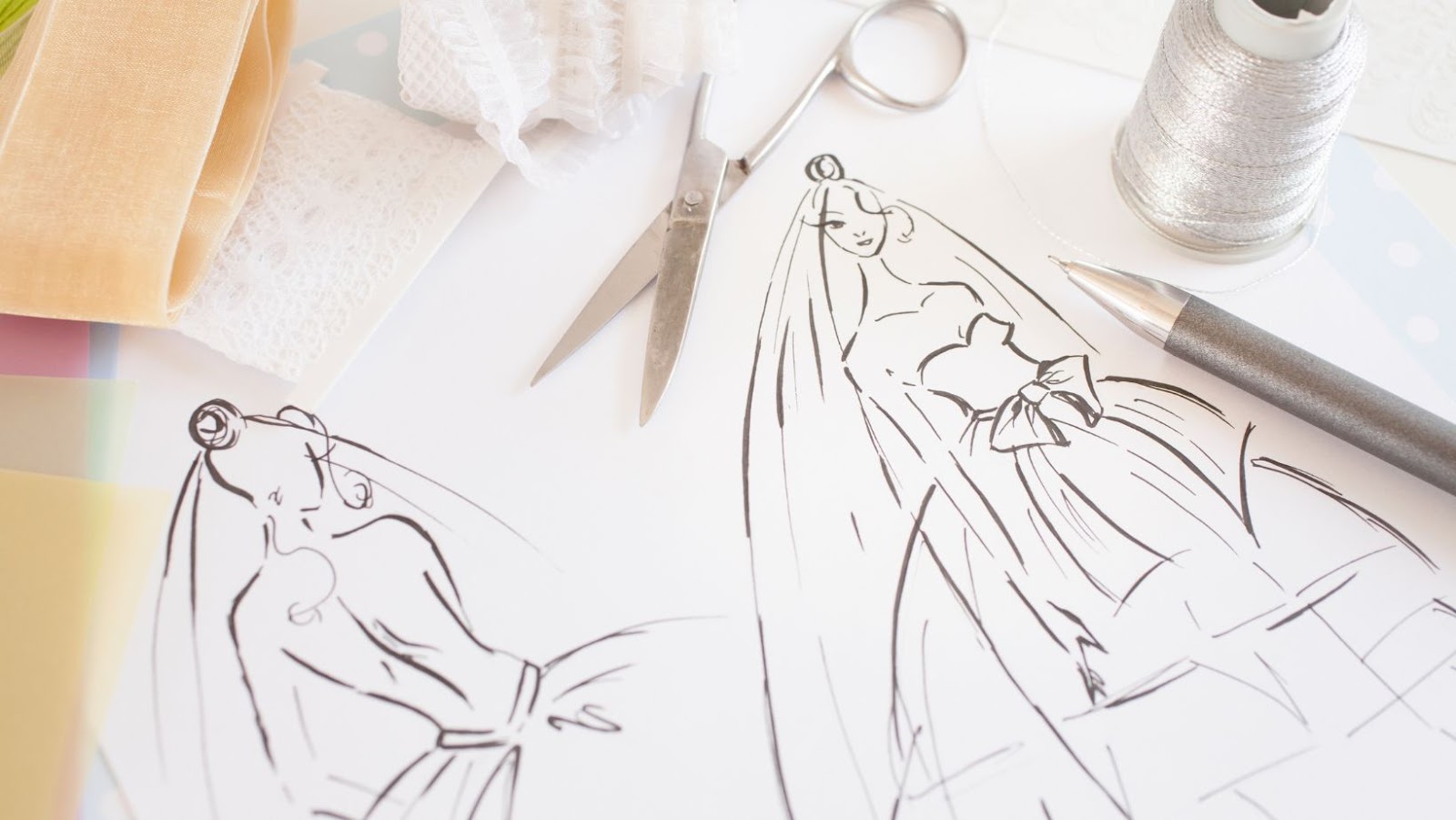Fashion Design Drawings
Fashion design drawings are the blueprint of the fashion industry. Through these drawings, designers articulate their concepts and innovations before they take physical form. It’s an intricate language of style, technique, and vision that transforms a simple idea into a fashion statement. To fully appreciate their importance, it’s essential to peek into their diverse forms and the process behind them.
Technical Drawings versus Mood Sketches, two predominant types, serve different but complementary purposes. Technical drawings, or flats, are highly detailed and focus on garments’ specifications such as measurements, stitching types, and materials. These are crucial for the manufacturing process, ensuring each piece is produced accurately. Mood sketches, on the other hand, are more about capturing the essence and feel of the design. They’re vibrant, freely drawn, and often imbued with color, acting as a visual storyboard that conveys the designer’s vision and inspiration.
The Process Behind the Sketches
The journey from sketch to garment is fascinating. Initially, designers conduct research on trends, materials, and techniques. This research feeds into the sketches, with initial ideas often rough and exploratory. As concepts evolve, so do the drawings, becoming more refined and detailed. Software like Adobe Illustrator has become a go-to tool, allowing for precise adjustments and a clean presentation. However, many designers still start with hand-drawn sketches, valuing the immediacy and intimacy of pencil on paper.
Selection of the right materials follows, with sketches guiding the choice. Fabric weight, texture, and drape are all considered to ensure the final garment reflects the design’s intent. This tactile selection process is as crucial as the drawing itself, marrying concept with reality.
 Types of Fashion Design Drawings
Types of Fashion Design Drawings
Fashion design drawings are not just about sketching a figure in an outfit. They’re a complex blend of communication, vision, and technical specifications critical for the garment production process. Each type serves its distinct purpose, guiding designers from concept to creation. Let’s delve into the primary types of fashion design drawings you’ll encounter in the fashion industry.
Croquis
Croquis, the French term for “sketch,” refers to the quick and simplified drawings of a model figure that fashion designers use as a base for their sketches. The purpose of a croquis is to provide a template that represents the human body in a variety of poses, allowing designers to focus on designing the garment rather than getting caught up in the details of anatomical accuracy. These drawings are often kept deliberately vague, emphasizing the outfit rather than the figure itself. Designers use croquis to experiment with multiple iterations of a design, swiftly translating their ideas onto paper.
Technical Drawings
Unlike croquis, technical drawings, also known as flats, concentrate on the garment’s specific details and construction rather than its overall appearance on a body. These drawings are executed in a highly precise manner, showcasing the garment from a neutral perspective without any stylistic embellishments. Technical drawings include detailed annotations about measurements, stitching types, fabric choice, and trimmings. They’re essential for manufacturers to understand how a design should be constructed. The clarity and precision of technical drawings eliminate ambiguity, ensuring that the designer’s vision is accurately translated into a tangible garment.
Storyboard Sketches
Storyboard sketches take fashion design drawings to a narrative level. They are sequences of sketches that tell a story, convey a theme, or express a mood associated with a designer’s collection. These sketches are usually more detailed and artistic than croquis, incorporating elements such as color, texture, and context to give a fuller picture of the collection’s concept. Storyboard sketches are invaluable during presentations to clients or marketing teams, as they provide a compelling visual narrative that showcases the inspiration and overarching theme of the collection beyond individual garments.

